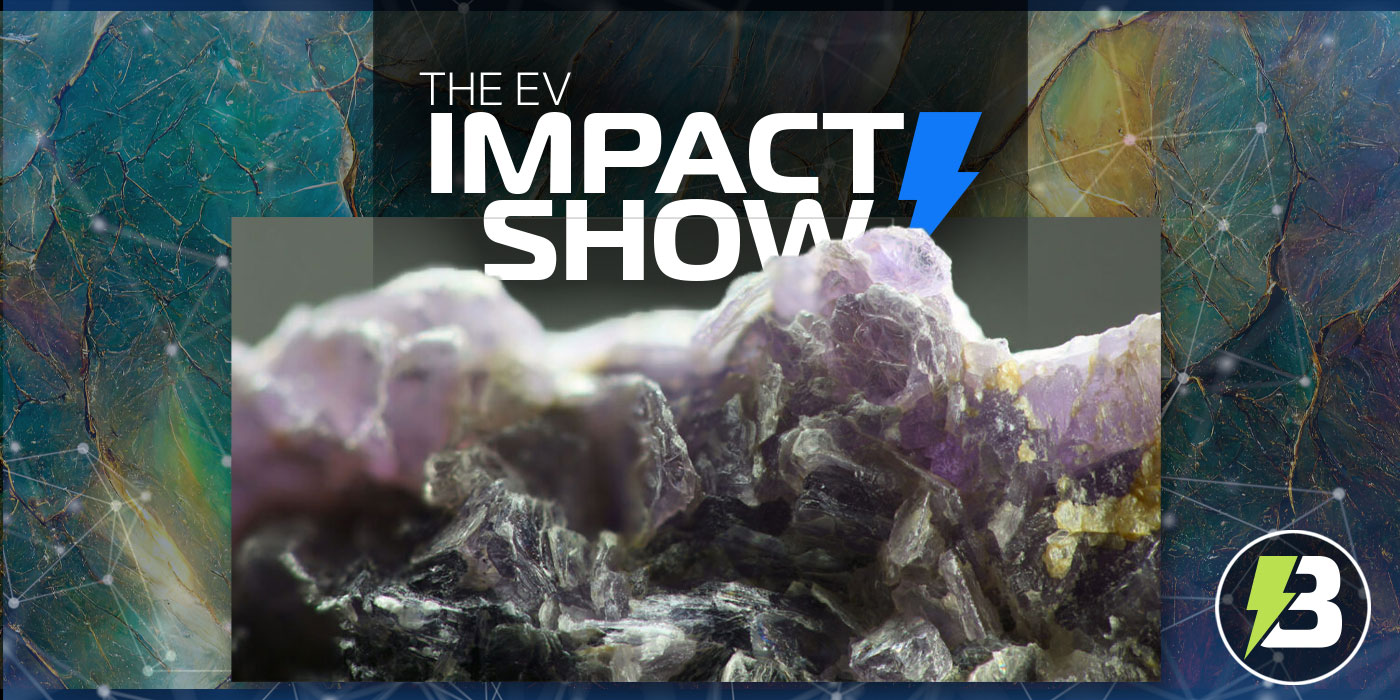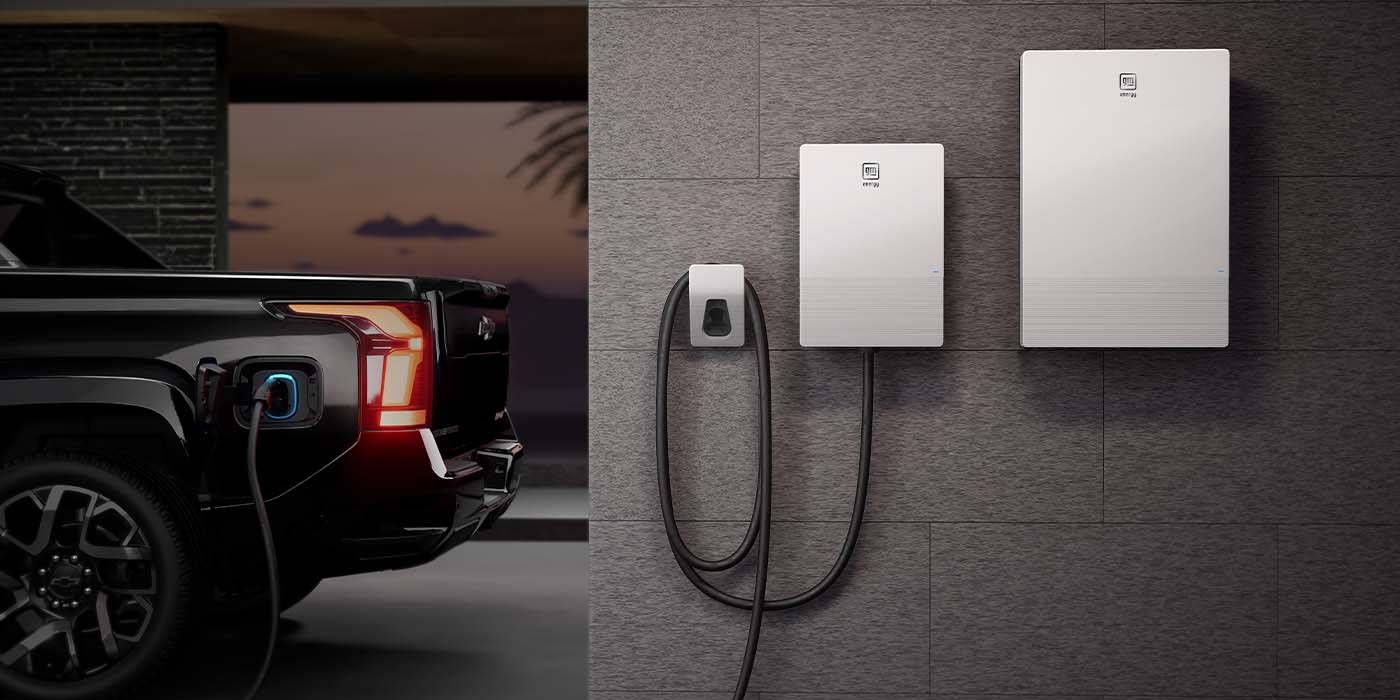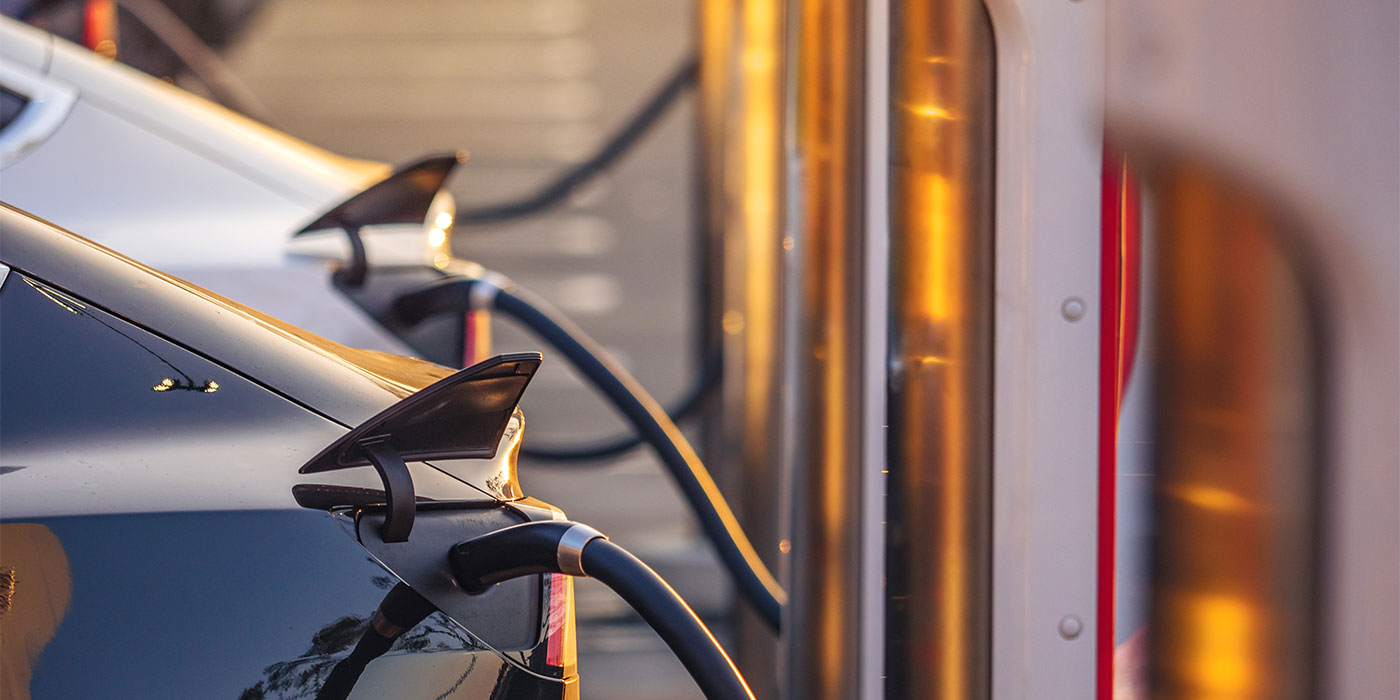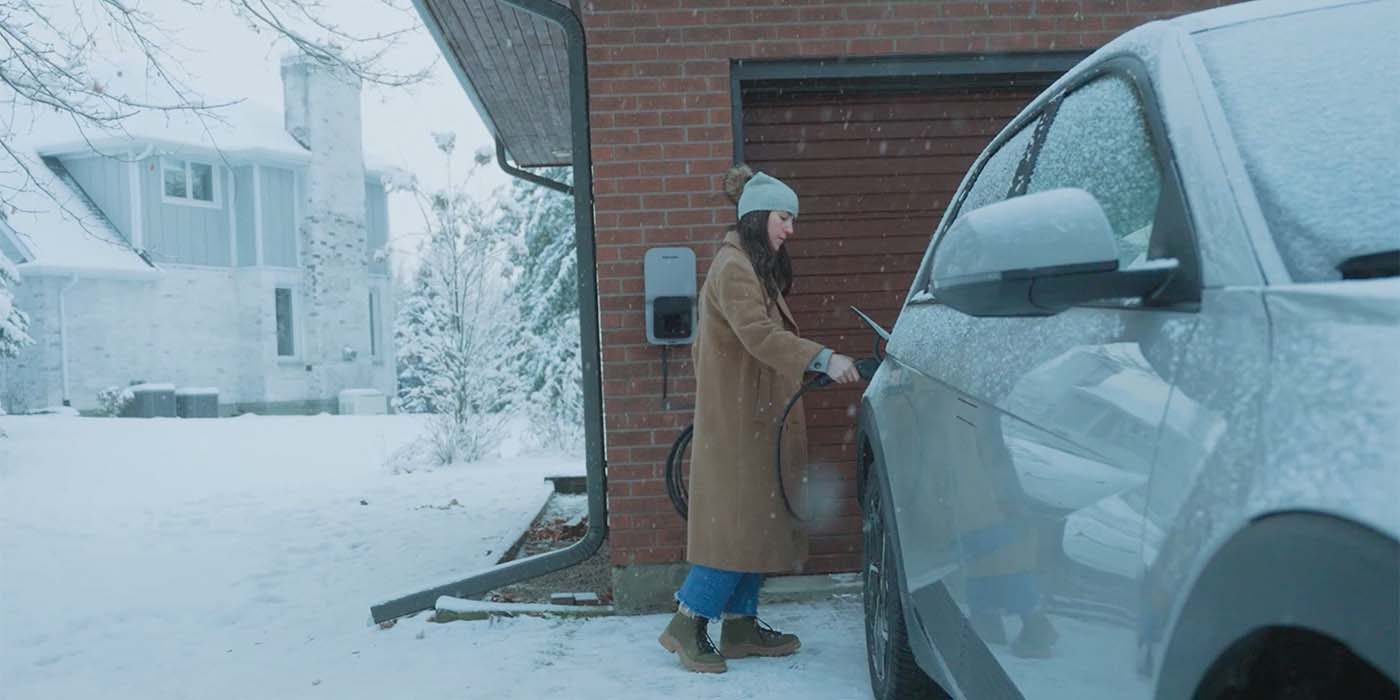A lot of good folks in the EV space have their eye on the future of V2X charging. For consumers, the promise of V2X is that it uses bidirectional charging to allow an EV owner to summon the energy being stored in their car batteries to power something like their home, or perhaps even send the energy back to the grid to make a little scratch on the side.
But, truthfully, the proceeds promised to your everyday driver who might own an EV or two aren’t anything astronomical, and most homeowners don’t own vehicles with this capability yet anyway, not to mention the equipment necessary to make it all work. On the other hand, fleets that have invested in electrified trucks might see a much higher potential for profit. In a sense, fleets could, in theory, run their own little energy side business, selling energy from their own little power plant on wheels back to the grid when it is needed most.
This all sounds fantastic, but the devil is in the details. How would this work? And, is this potential years away or something fleets can do today to boost their ROI? And, will there ever be a time when V2X is something common for all consumers?
To find out, today I’m talking with Nikolas Runge, VP of product and services at InCharge Energy, to understand the true benefits of V2X technology today and tomorrow.













